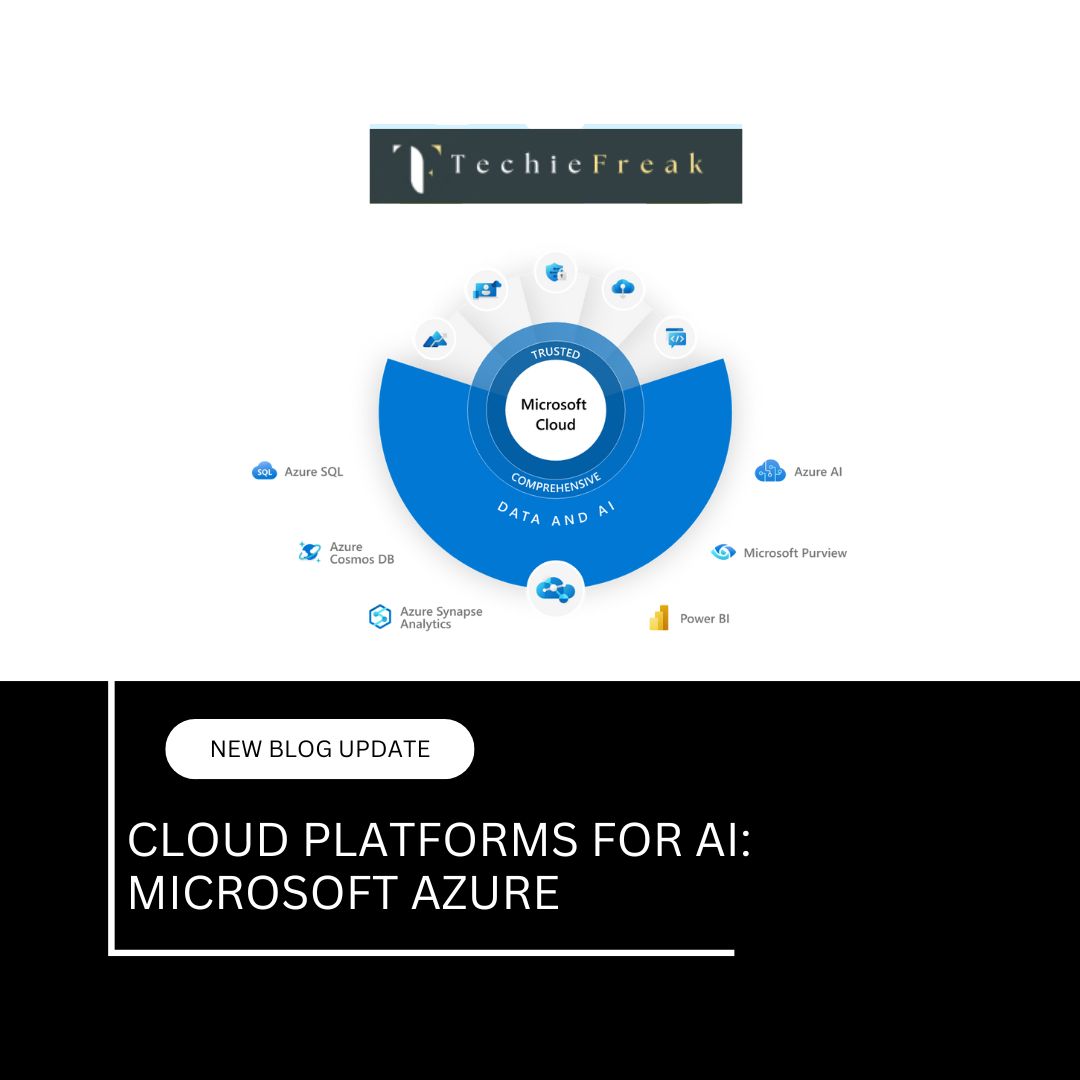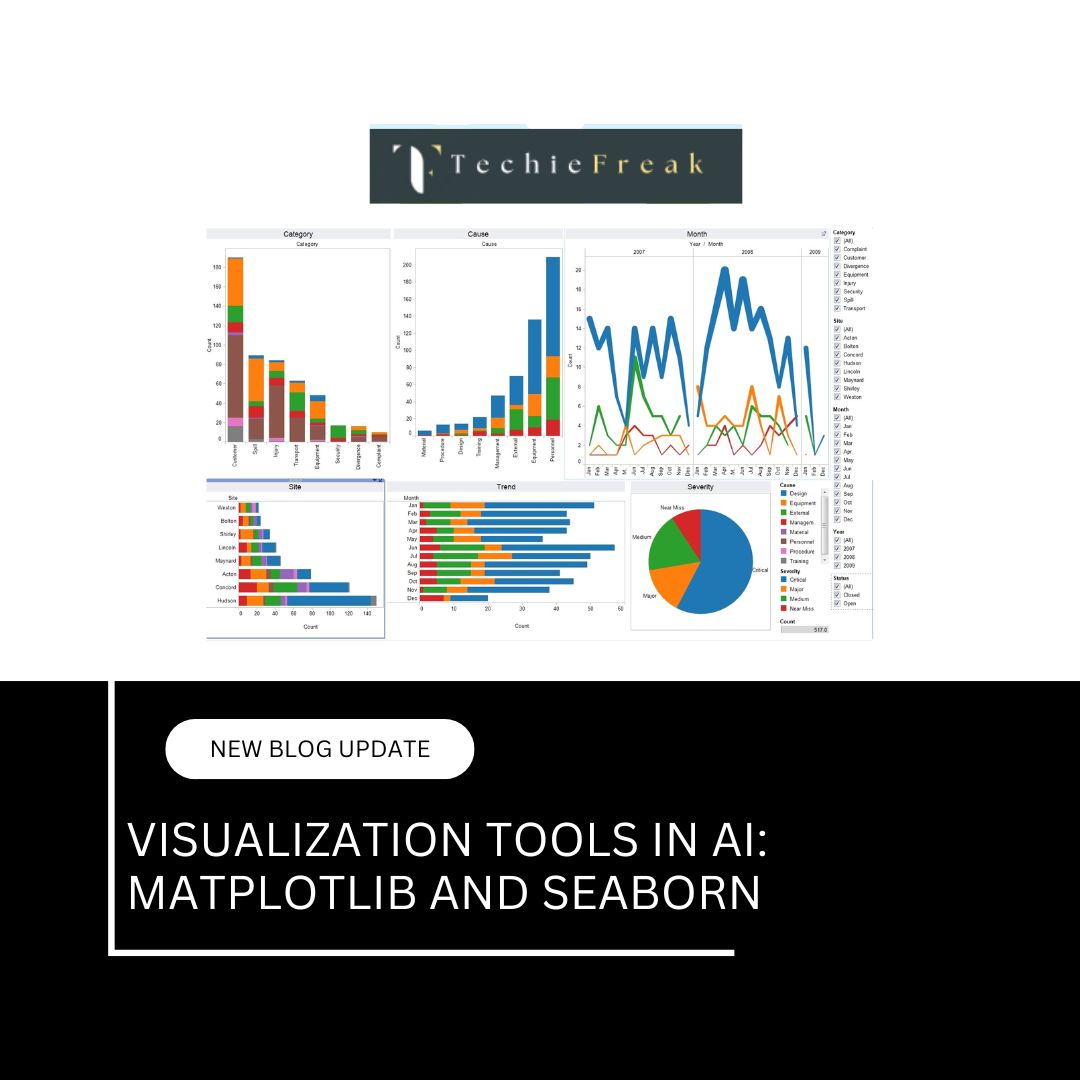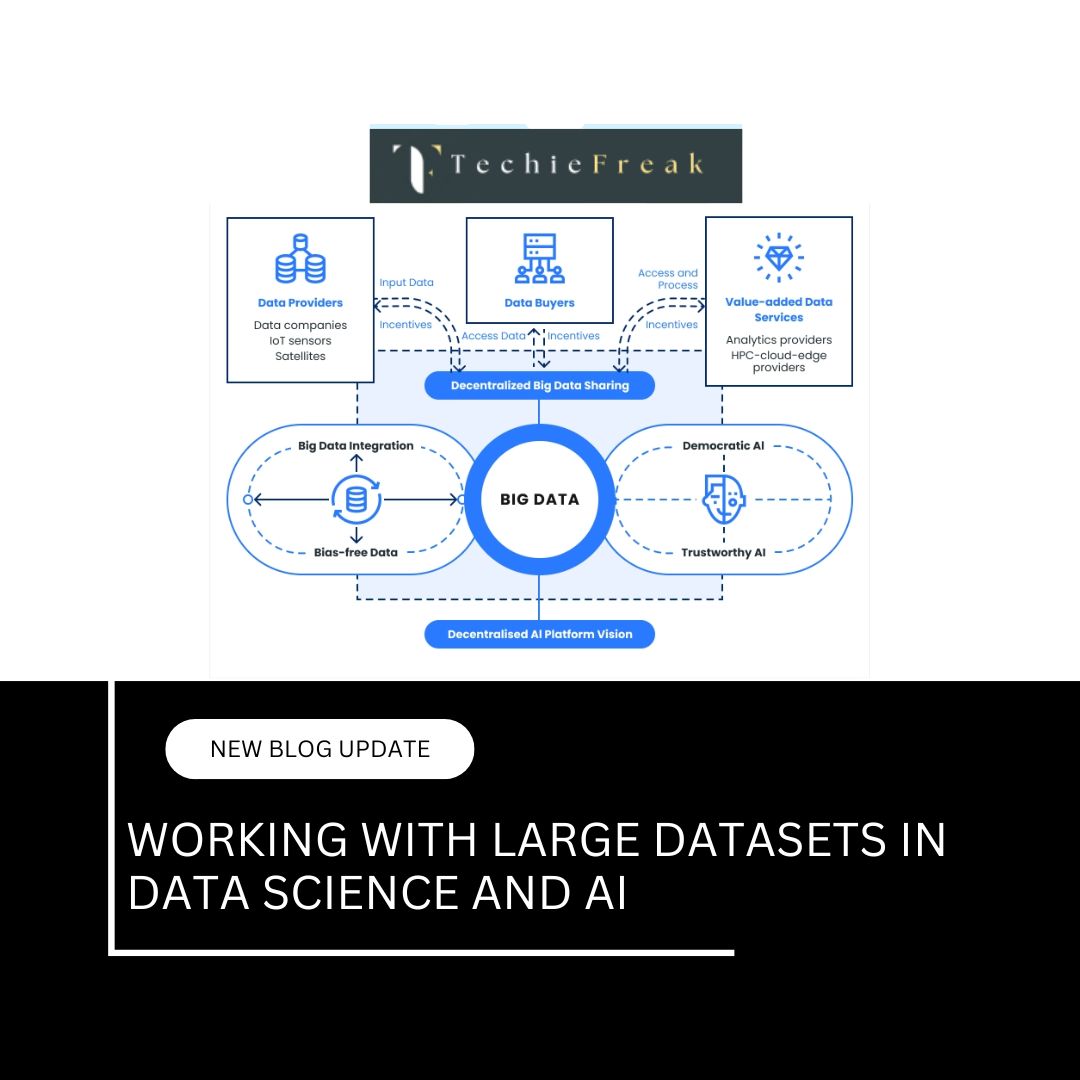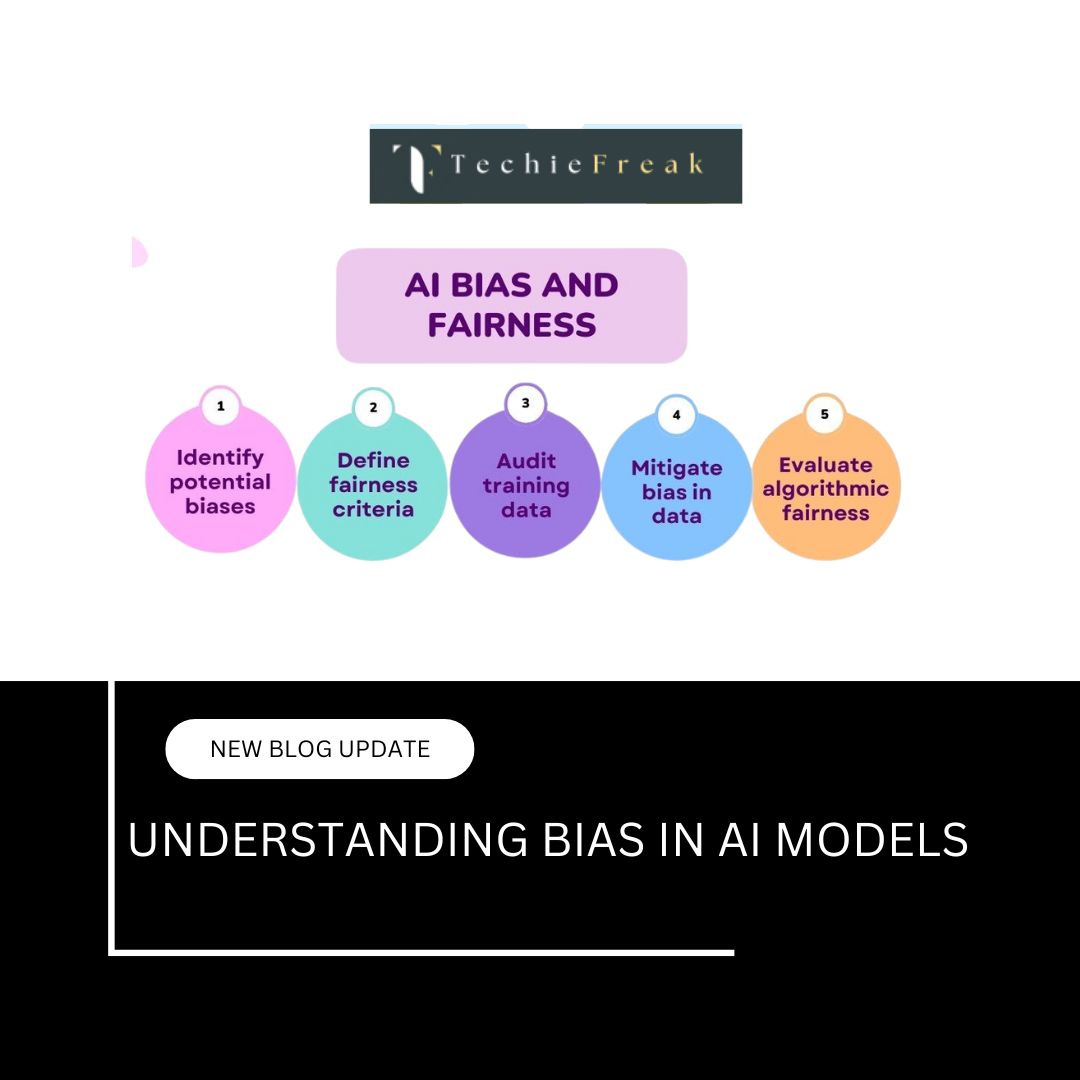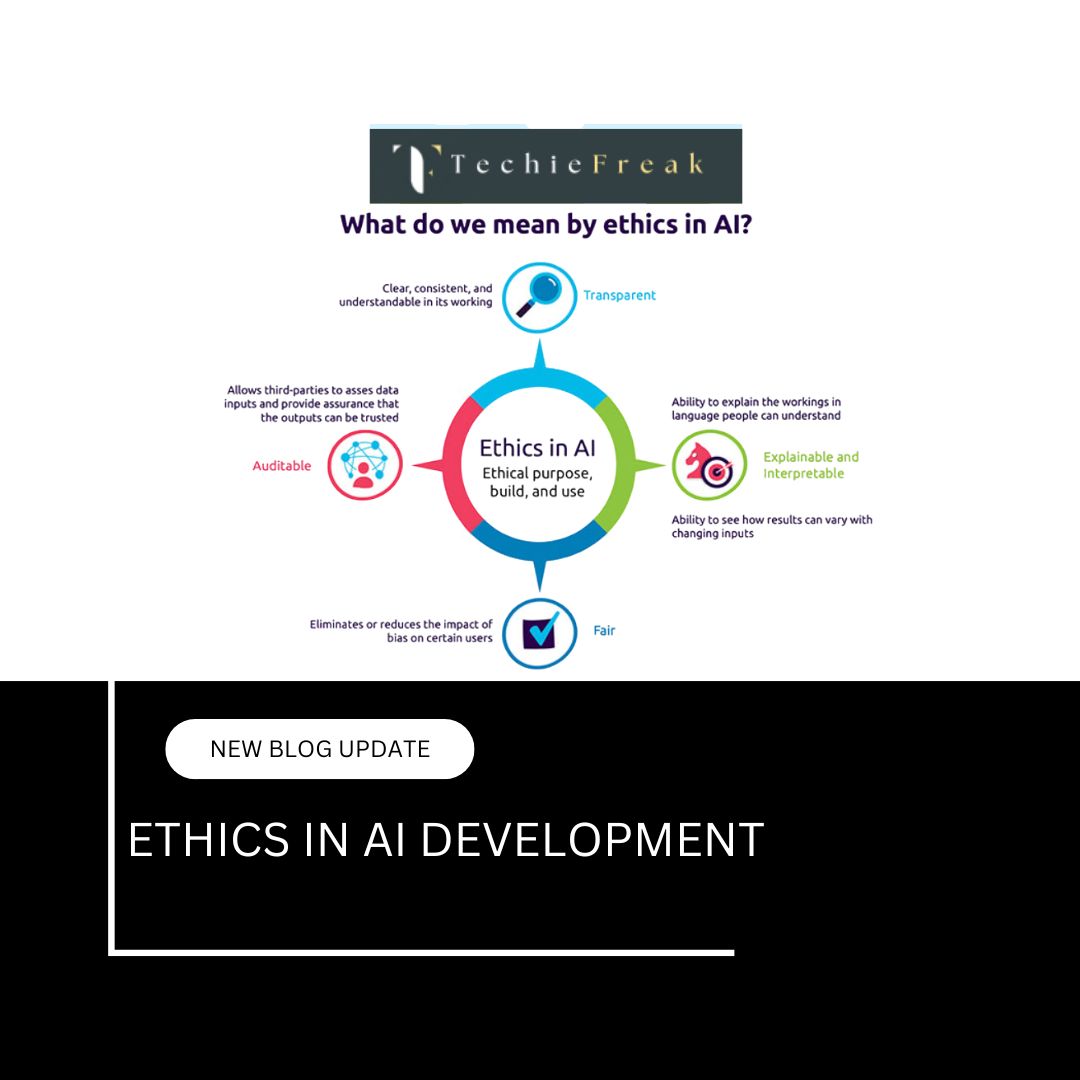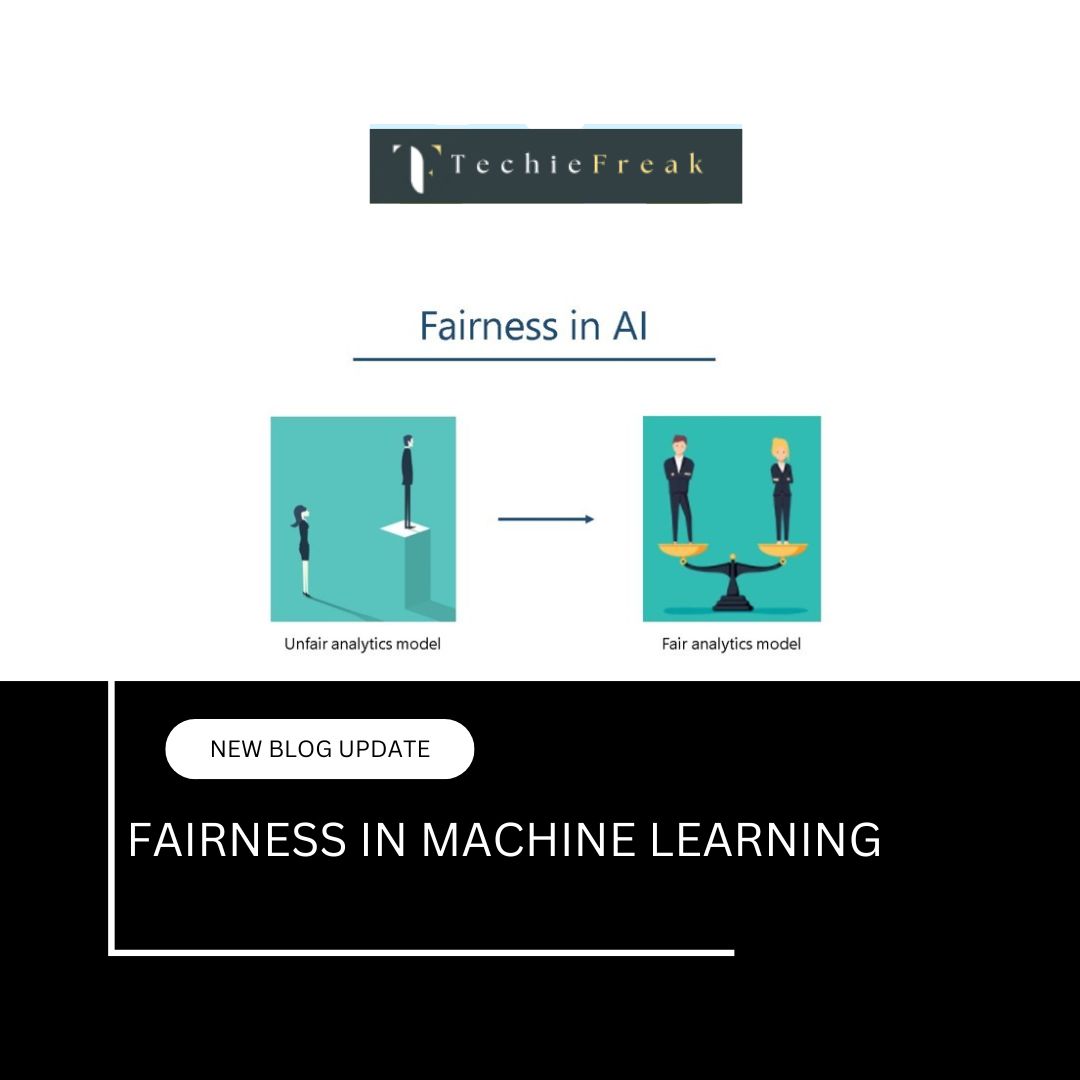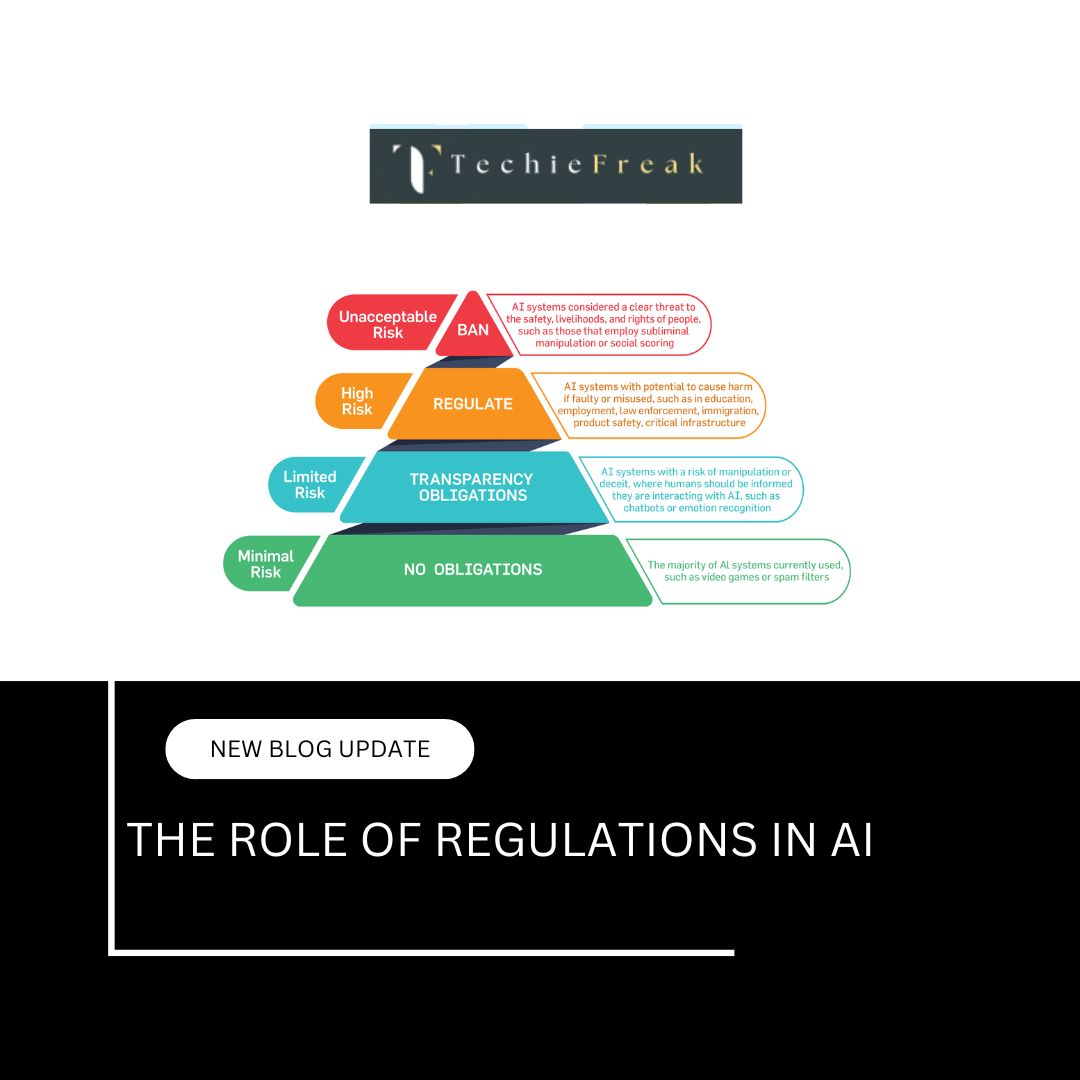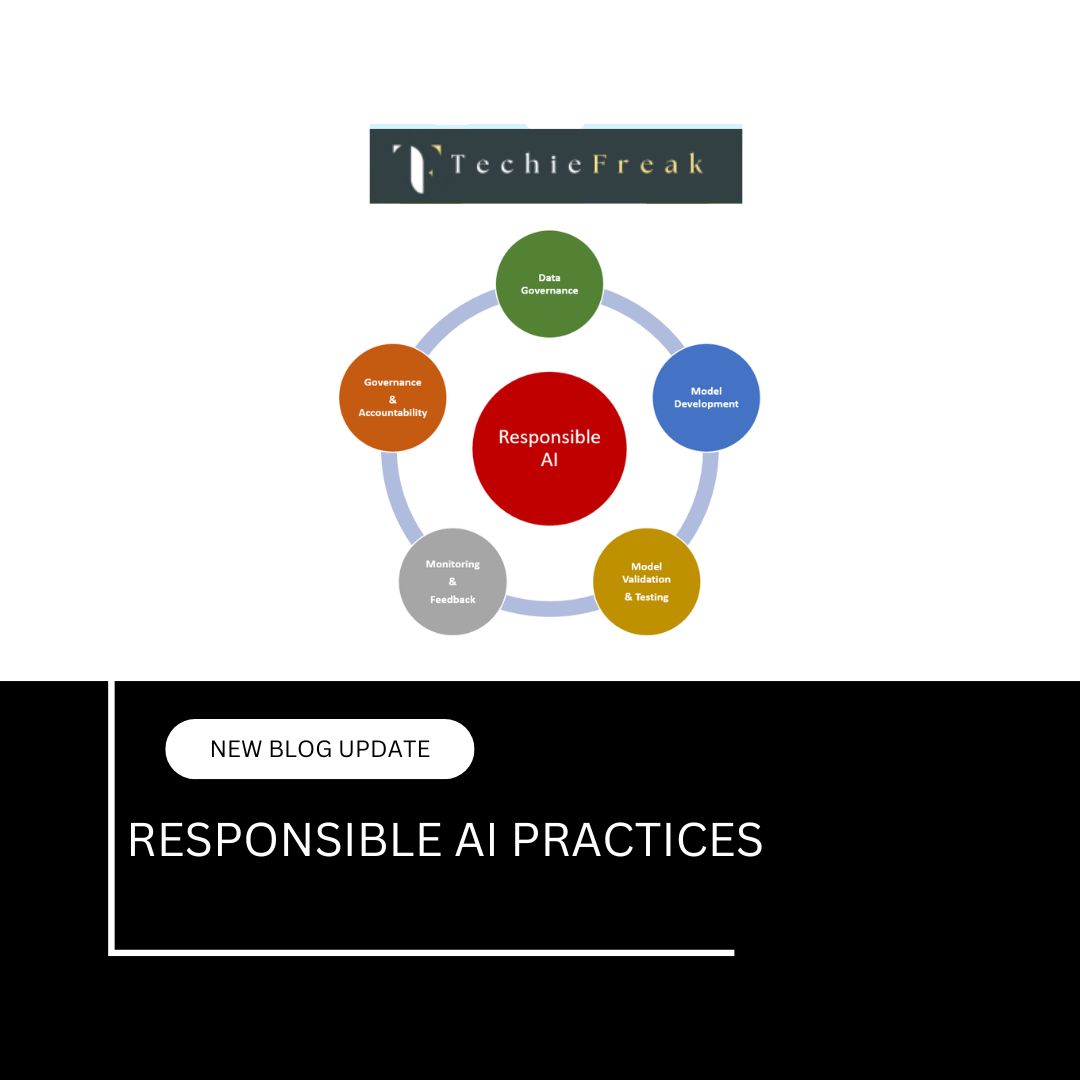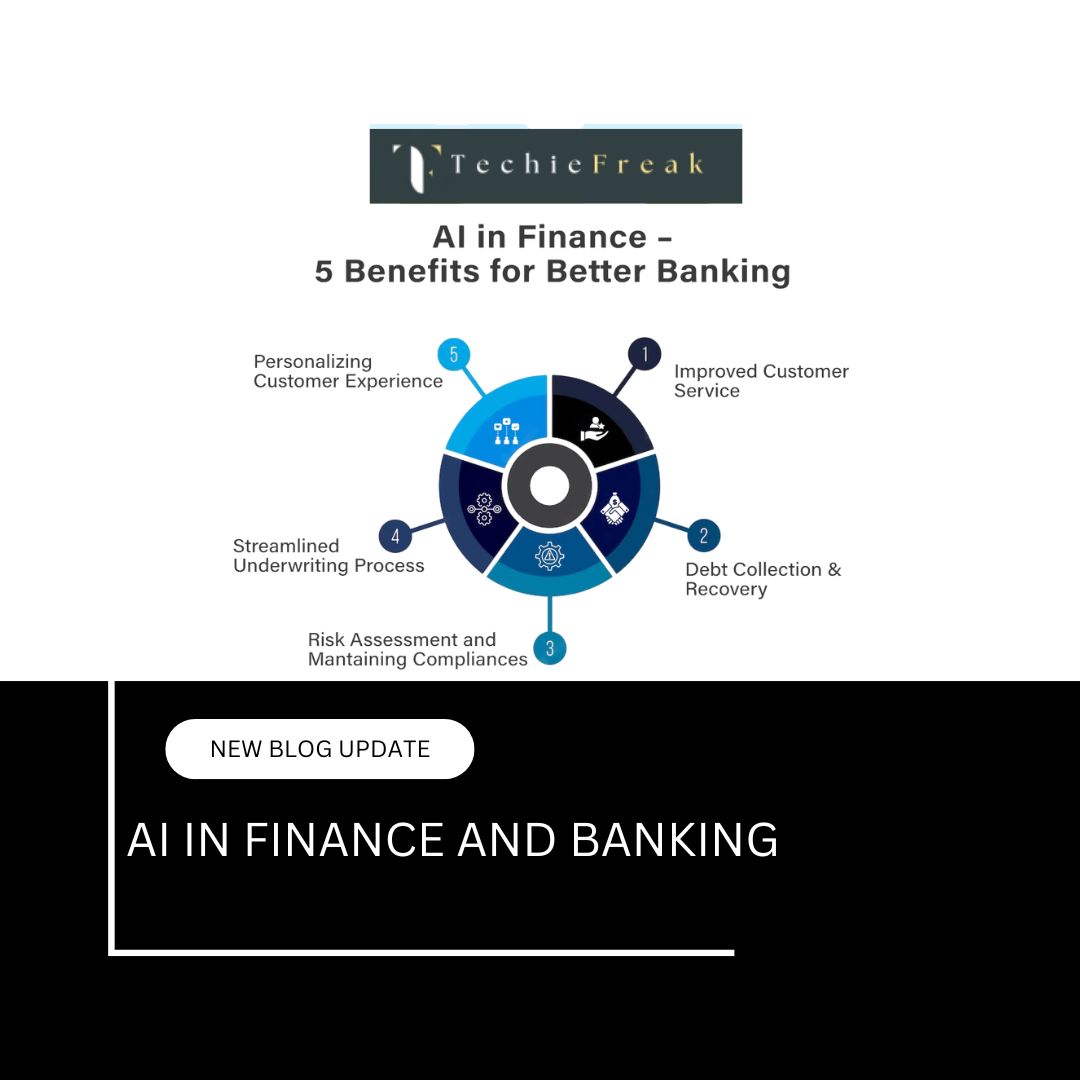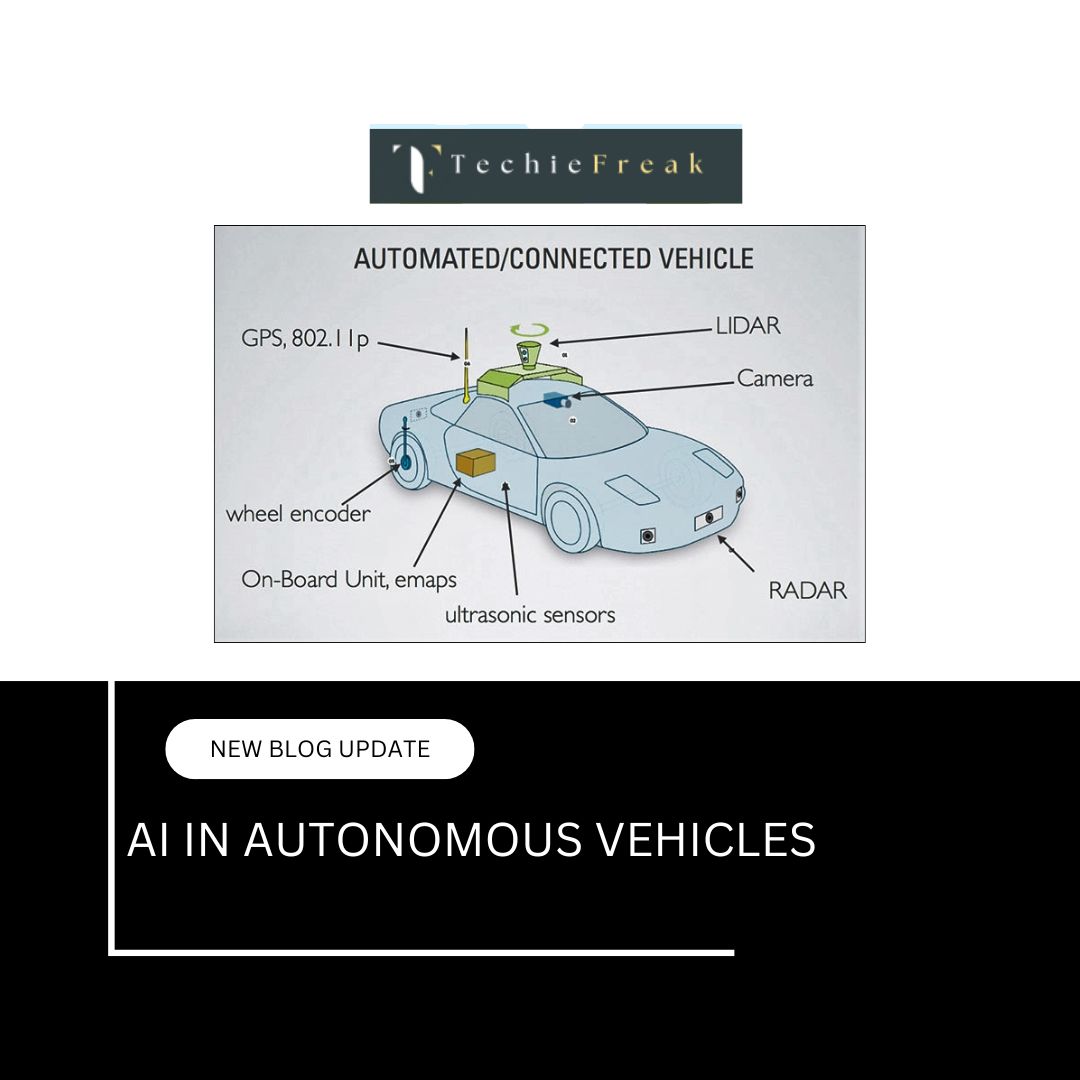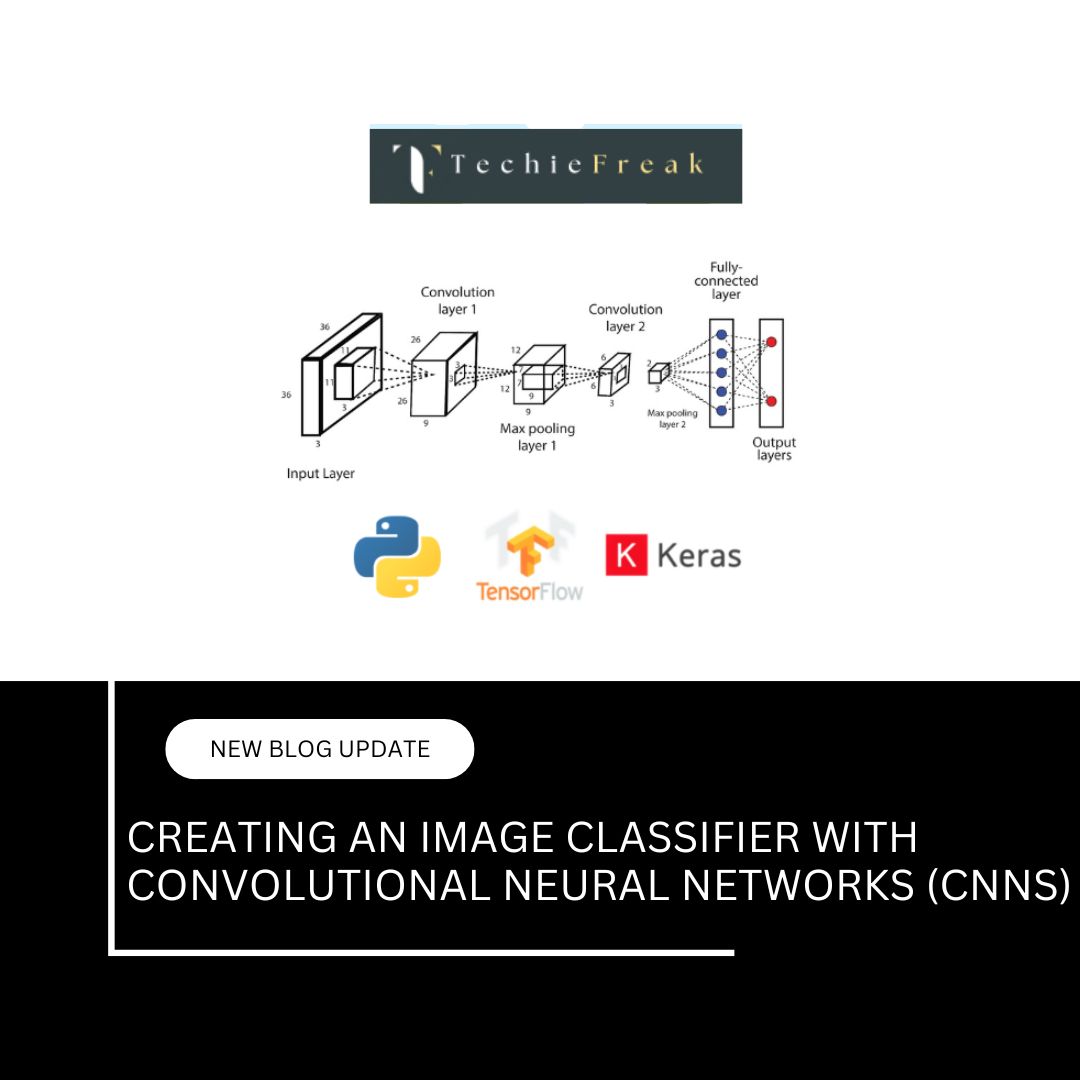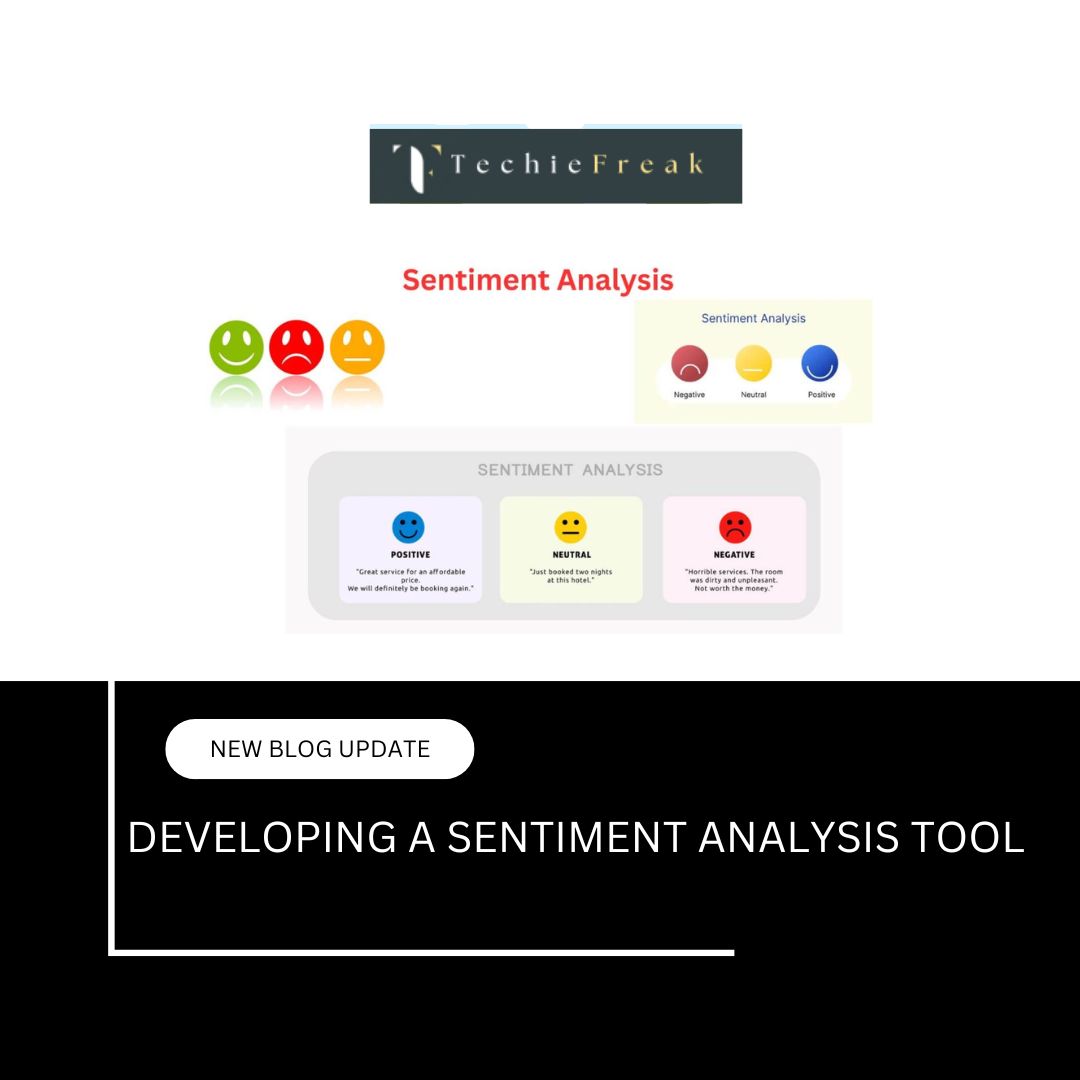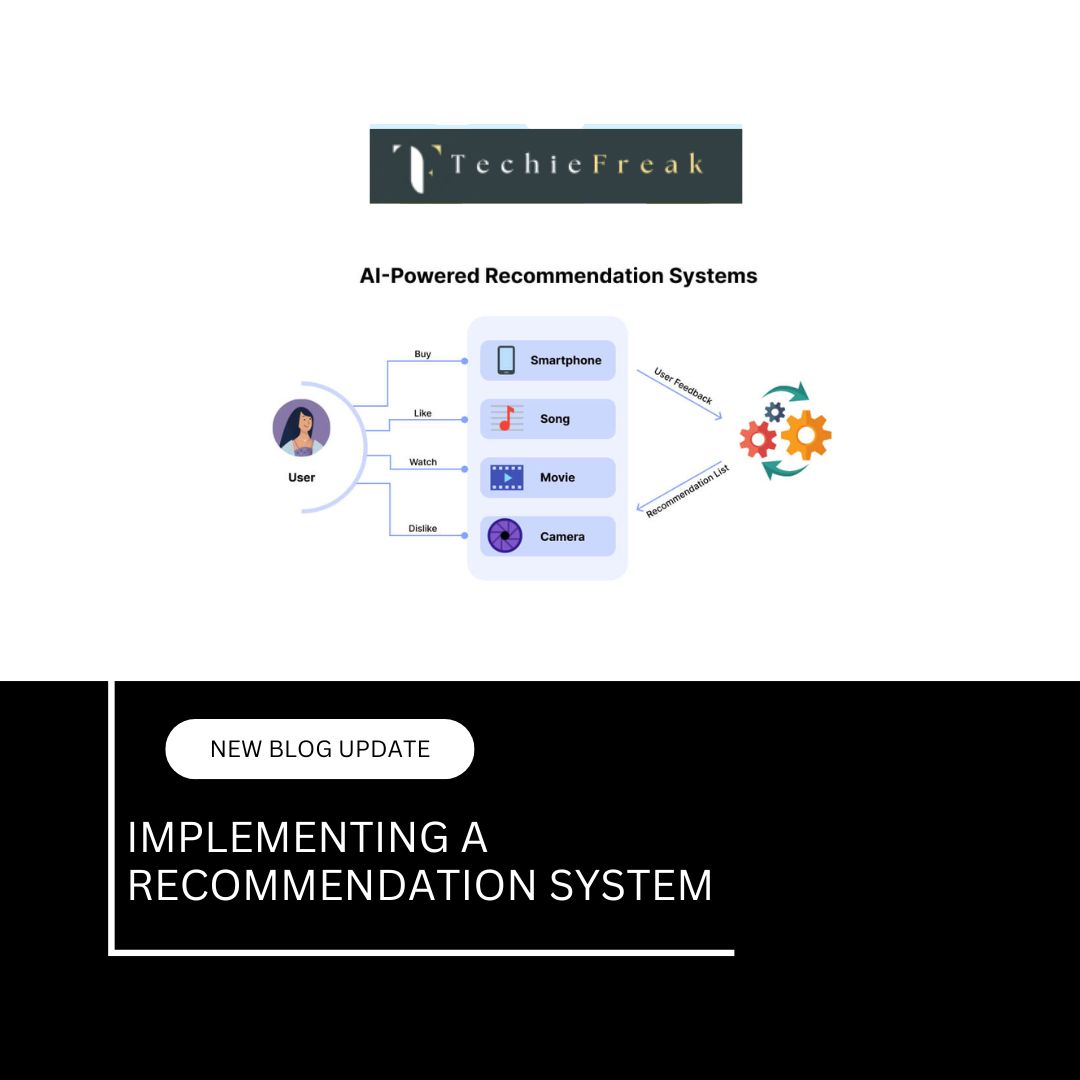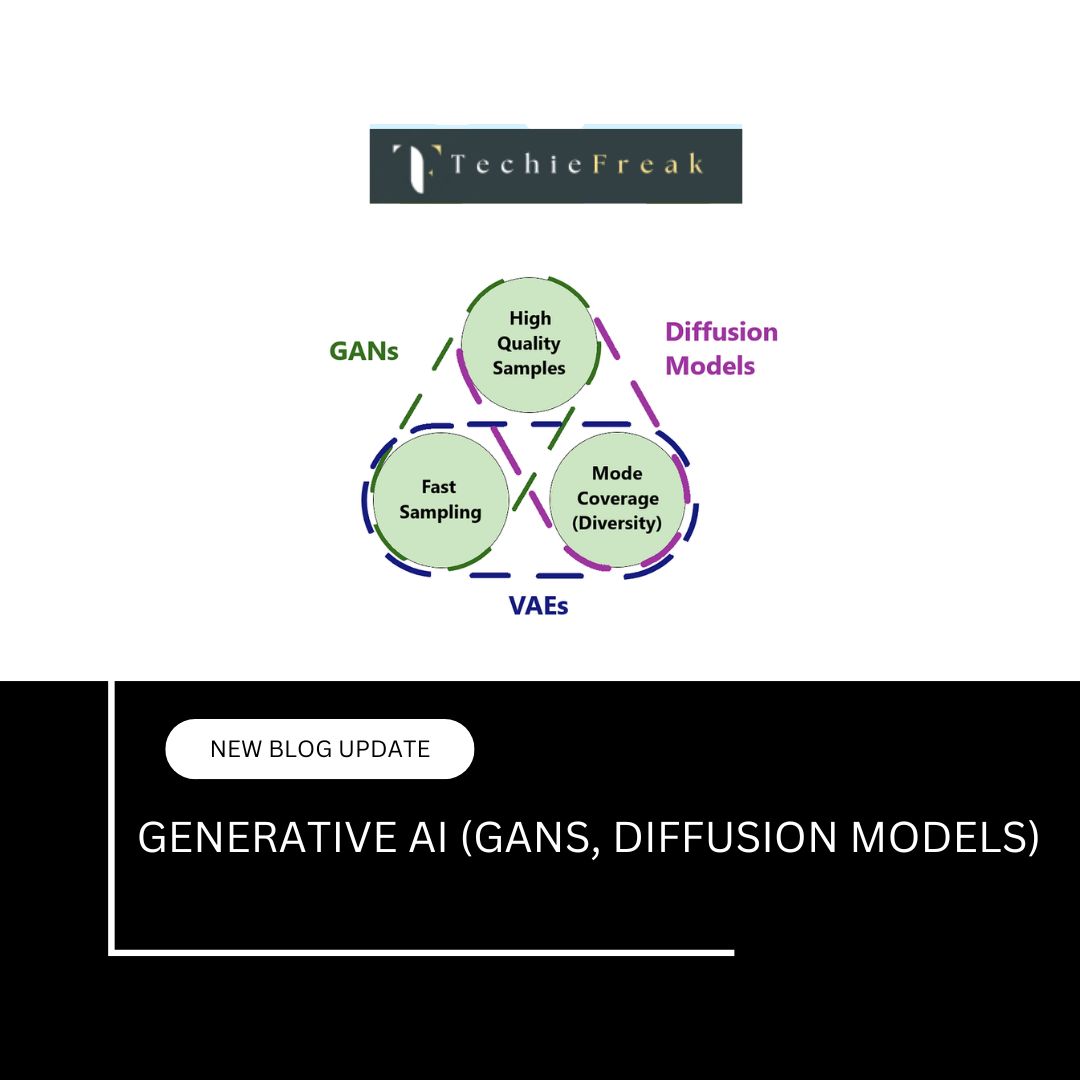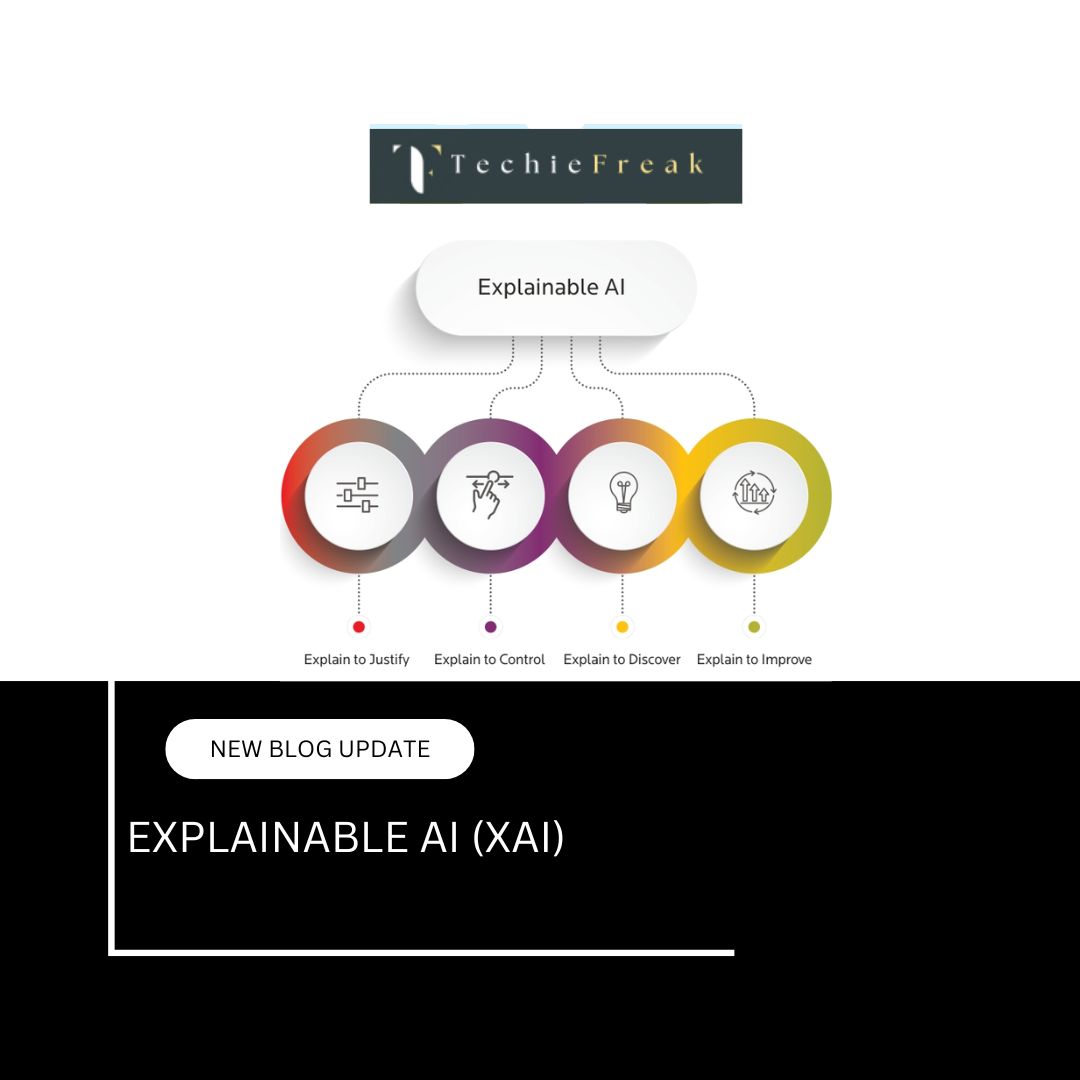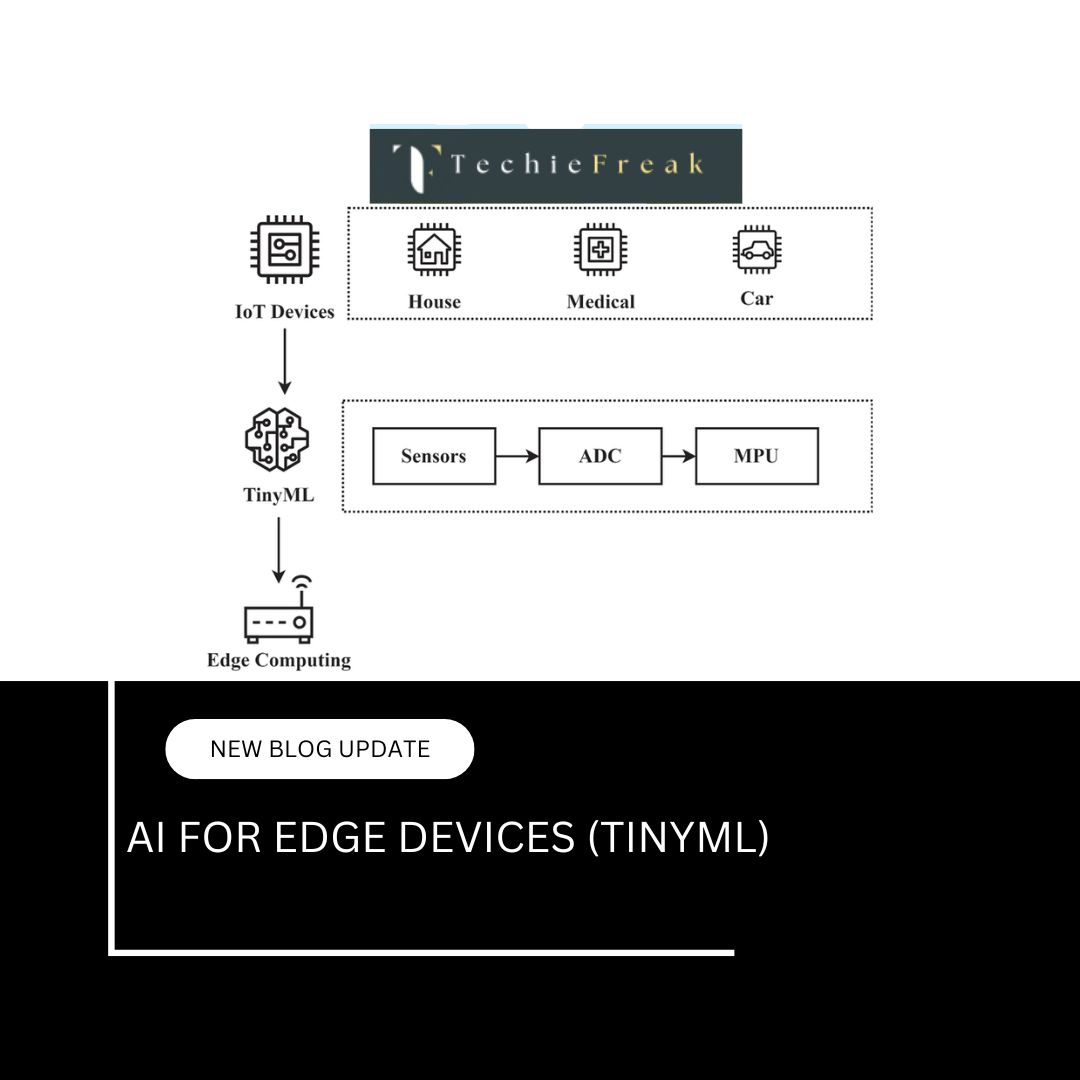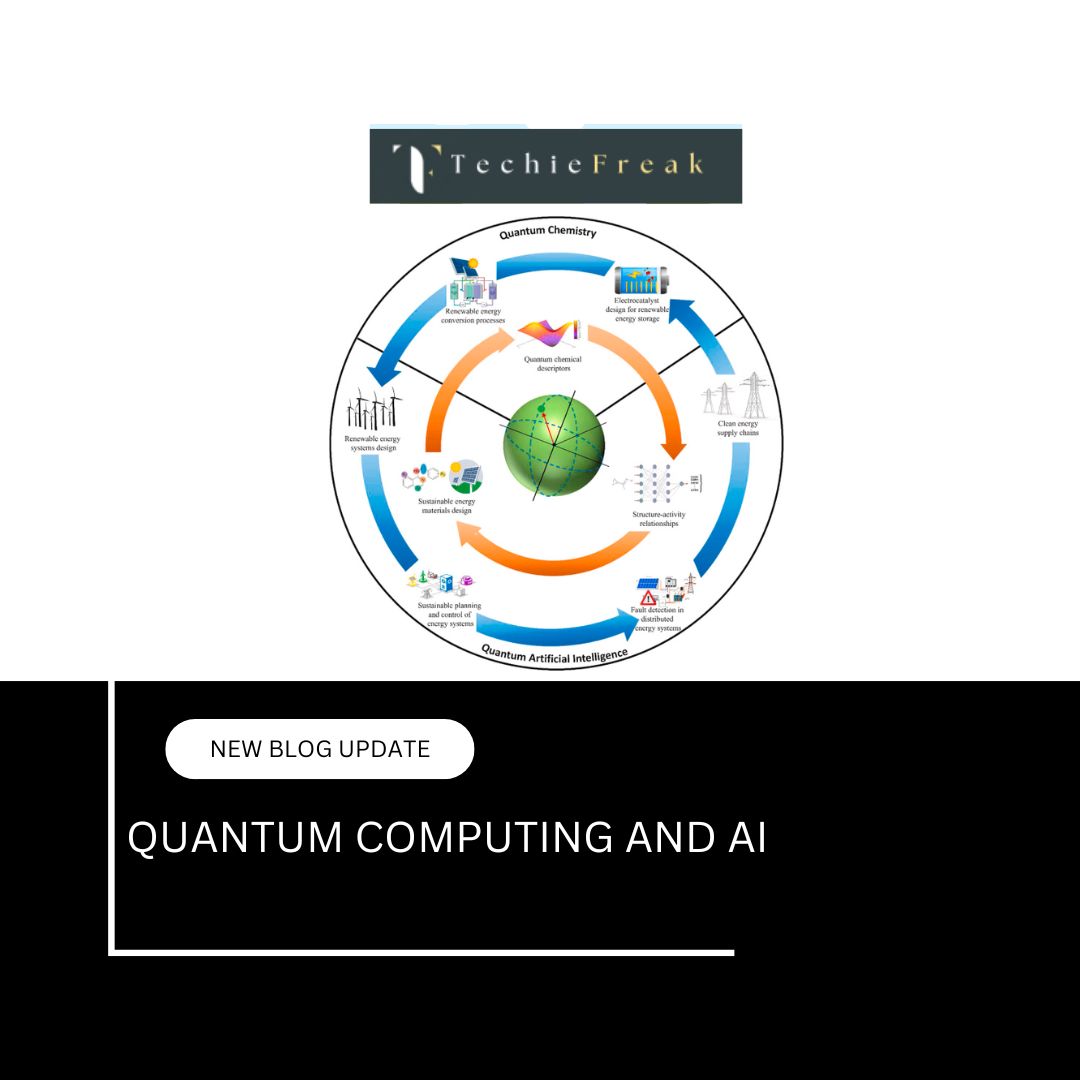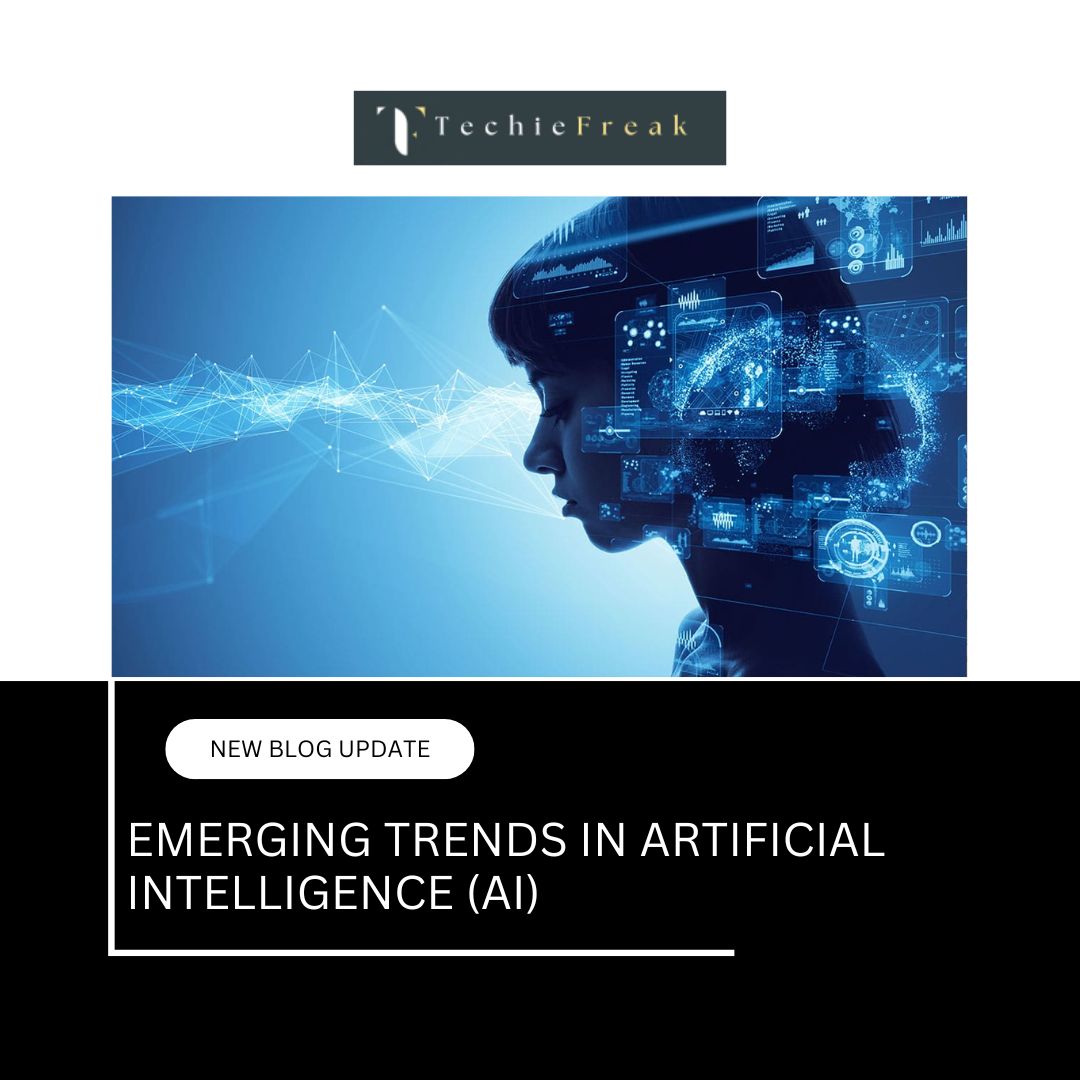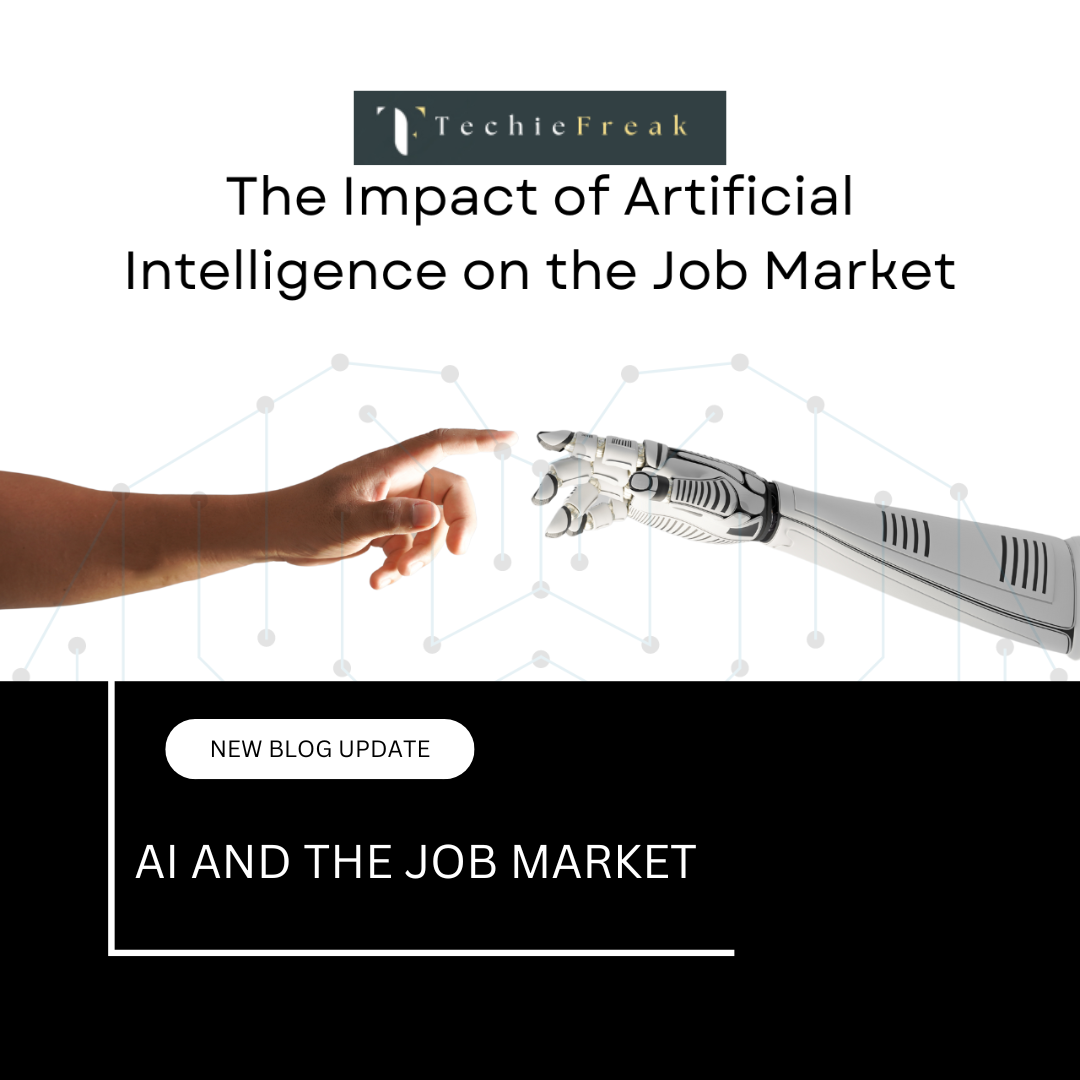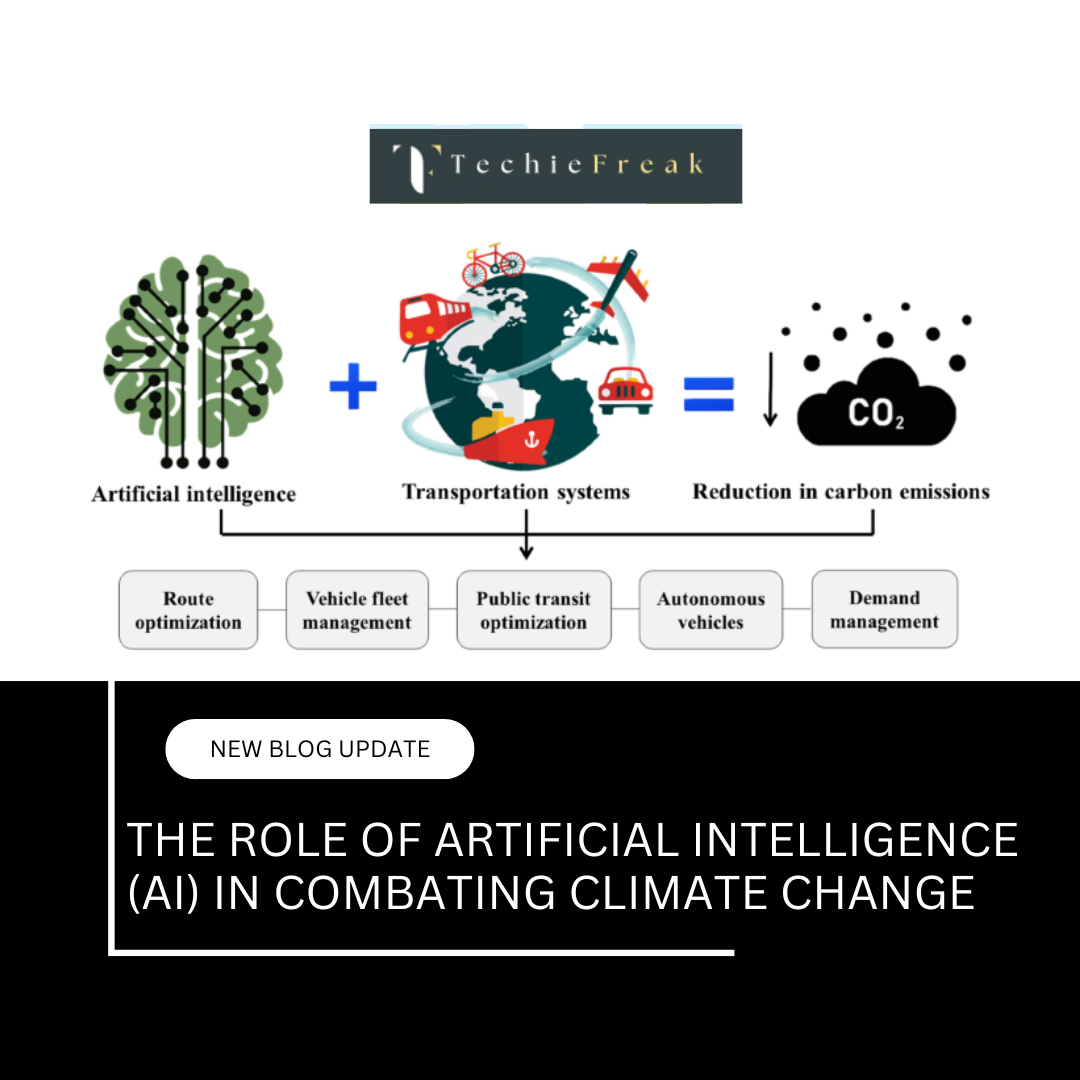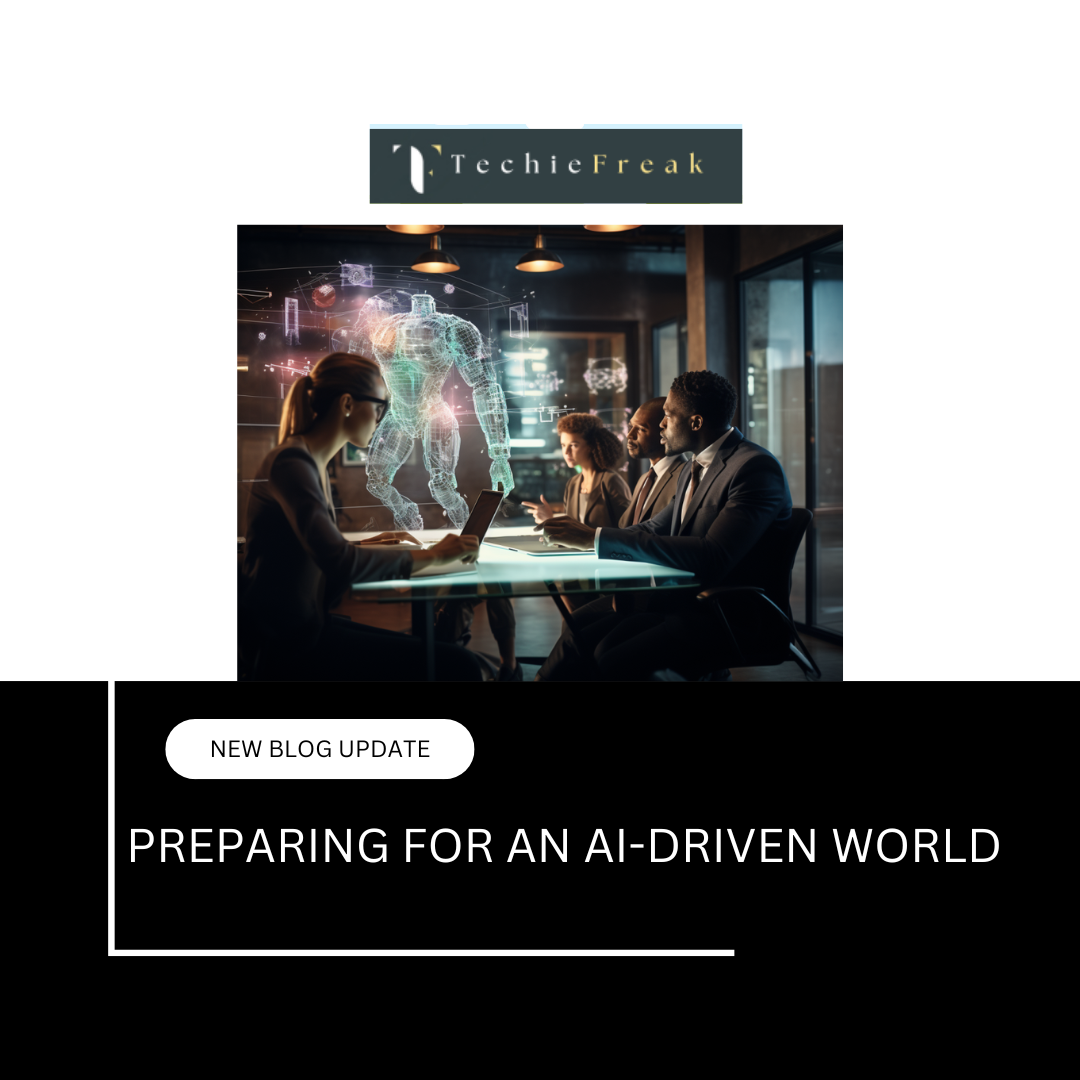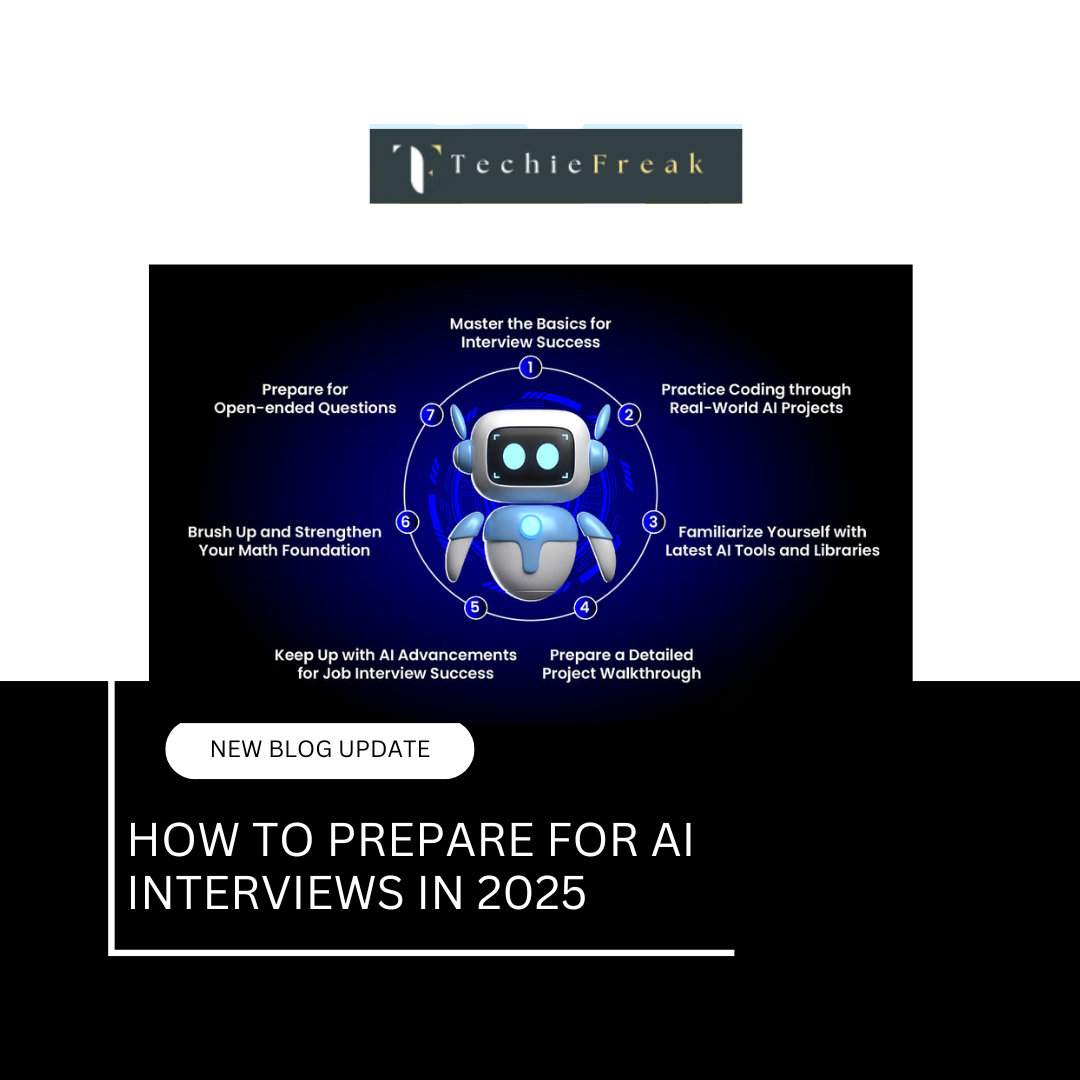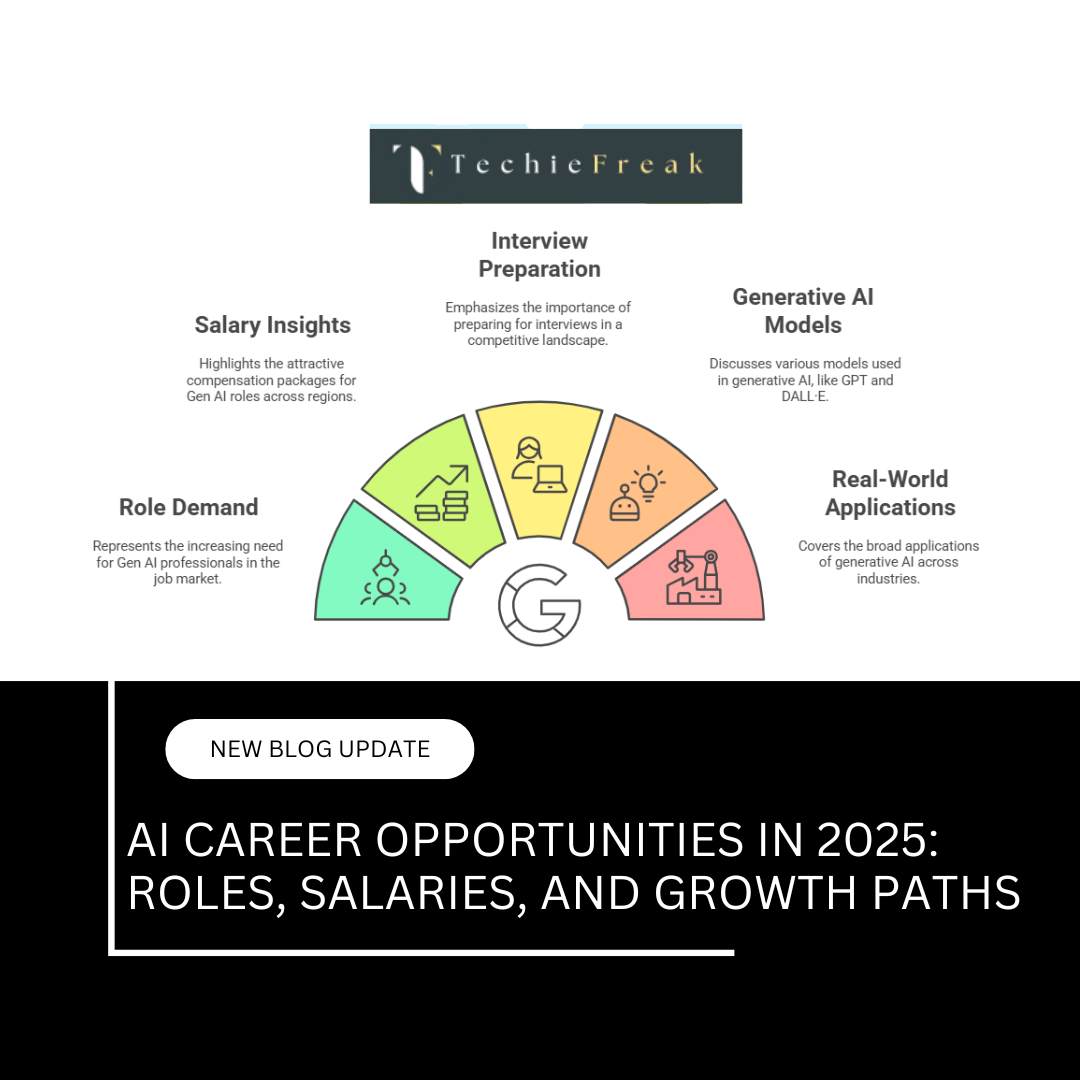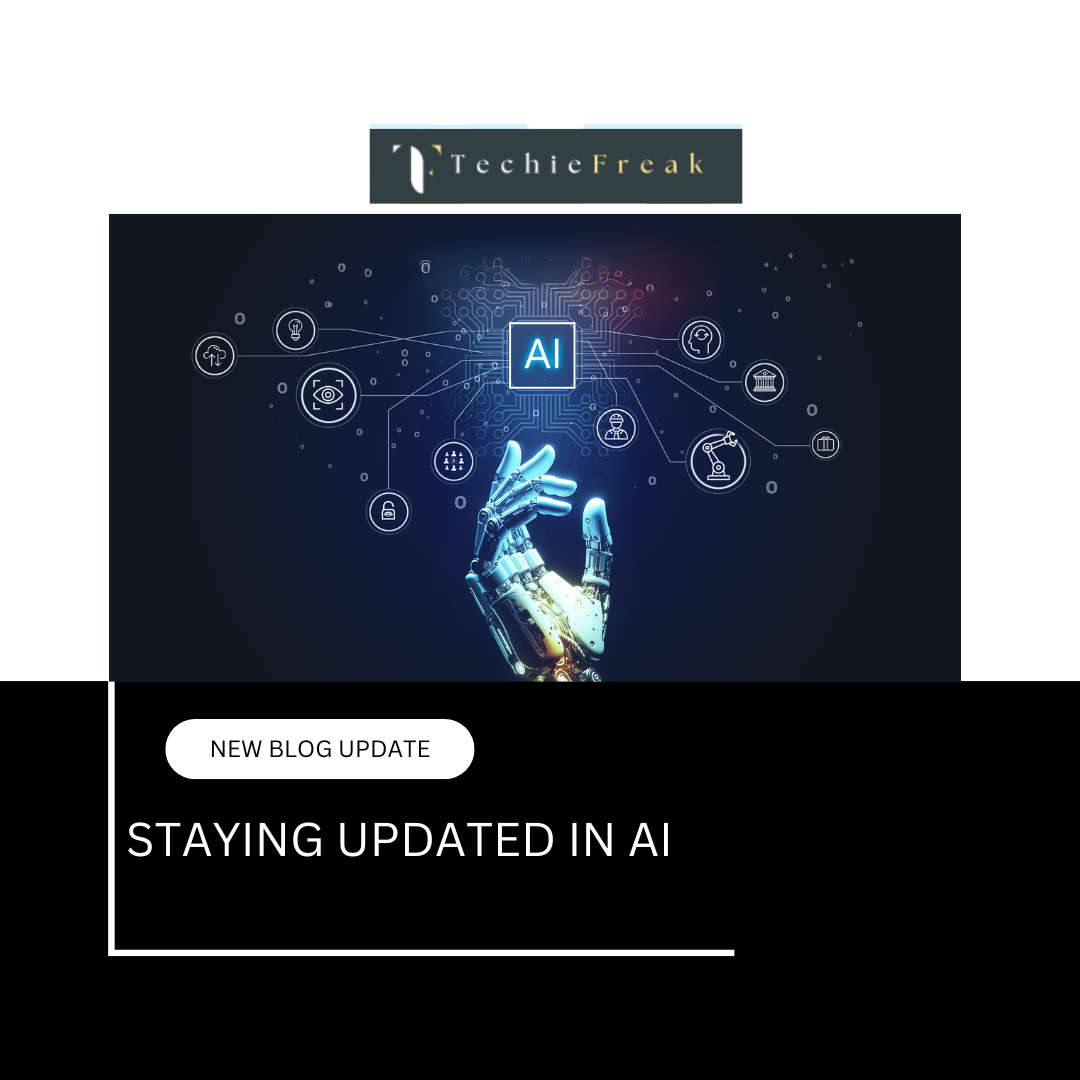Basics of Computer Vision
Objective
Computer Vision (CV) is a field of artificial intelligence (AI) that enables machines to interpret and understand visual information from the world. This blog explores the fundamental concepts of Computer Vision, how it works, key differences from human vision, real-world applications, and popular libraries used in CV development.
Got it! Here’s the detailed blog without emojis.
What is Computer Vision?
Computer Vision (CV) is a field of Artificial Intelligence (AI) that enables computers to interpret and process visual data, such as images and videos, in a way similar to human vision. It allows machines to recognize objects, detect patterns, and derive meaningful insights from visual inputs.
The primary goal of Computer Vision is to automate tasks that typically require human visual perception, such as object detection, facial recognition, and scene understanding. From self-driving cars to medical diagnostics, CV is transforming industries by providing machines with "eyes" that can see and analyze the world.
How Does Computer Vision Work?
Computer Vision involves multiple stages of image processing and analysis to extract useful information. Here’s a step-by-step breakdown:
1. Image Acquisition
The process starts with capturing images or videos through cameras, sensors, or specialized imaging devices. This could be:
- A standard camera in a smartphone
- A thermal sensor in medical imaging
- A satellite capturing geographical data
2. Preprocessing
Before analysis, images undergo preprocessing to enhance quality and remove distortions. Common preprocessing techniques include:
- Noise Reduction: Removing unwanted artifacts from the image, such as blurring for smoothness
- Resizing: Adjusting image dimensions for uniformity in training AI models
- Normalization: Scaling pixel values to a standard range (0-1 or -1 to 1)
3. Feature Extraction
Machines analyze images by identifying key patterns, edges, shapes, and textures. This is done using:
- Edge Detection: Identifying outlines of objects in an image (e.g., Canny Edge Detection)
- Color and Texture Analysis: Understanding color histograms and surface properties
- Feature Maps: Representing objects based on unique characteristics
4. Object Detection & Recognition
At this stage, AI models classify objects within the image and assign labels. Some common techniques include:
- Convolutional Neural Networks (CNNs): Used in deep learning to identify objects in images
- YOLO (You Only Look Once): A real-time object detection algorithm
- Faster R-CNN: An advanced version of Region-based CNNs for object detection
5. Decision Making
Once objects are detected and classified, the AI model makes predictions or triggers actions. This could include:
- Detecting a face in a security camera and unlocking a door
- Identifying cancerous cells in a medical scan
- Recognizing stop signs in autonomous vehicles
Difference Between Computer Vision and Human Vision
Although Computer Vision aims to replicate human sight, there are key differences:
| Aspect | Human Vision | Computer Vision |
|---|---|---|
| Processing | Uses the brain to interpret images | Uses AI models & algorithms |
| Adaptability | Adapts to different lighting & angles | Needs training data & preprocessing |
| Learning | Learns from experience naturally | Requires labeled datasets |
| Speed | Slower but highly accurate | Faster but needs optimization |
While humans can instantly recognize objects, computers rely on large datasets and training to achieve similar results.
Real-Life Applications of Computer Vision
Computer Vision is used in various industries to automate tasks and improve efficiency. Some prominent applications include:
1. Self-Driving Cars
Autonomous vehicles use CV to:
- Detect traffic signs and pedestrians
- Interpret road conditions and obstacles
- Navigate routes safely
2. Medical Imaging
AI-powered CV helps doctors diagnose diseases through:
- Analyzing X-rays and MRIs
- Identifying tumors and abnormalities
- Assisting in robotic surgeries
3. Security & Surveillance
AI-based monitoring systems can:
- Detect unauthorized activities in real-time
- Identify individuals using facial recognition
- Prevent crimes through automated alerts
4. Industrial Automation
Factories and warehouses use CV for:
- Quality inspection of products
- Automated sorting and packaging
- Detecting defects in manufacturing
5. Augmented Reality (AR) & Virtual Reality (VR)
CV powers immersive experiences in:
- Gaming (e.g., Pokémon Go)
- Architectural visualization
- Virtual shopping experiences
Popular Computer Vision Libraries
Developers use various libraries and frameworks to implement Computer Vision models. Some of the most popular ones include:
- OpenCV (Open Source Computer Vision) – A widely used library for image processing and object detection
- TensorFlow/Keras – Deep learning frameworks for building CNN models
- PyTorch – A flexible machine learning library for AI-based CV applications
- Dlib – Used for facial recognition and tracking
Key Takeaways
Computer Vision is a transformative technology that enables machines to analyze and understand visual data, making it a crucial component of AI-driven applications. With advancements in deep learning and AI, Computer Vision continues to evolve, offering new possibilities in various industries such as healthcare, automotive, security, and retail.
Stay tuned for more in-depth discussions on image preprocessing, object detection, and real-world applications of Computer Vision!
Next Blog- Image Preprocessing Techniques for Computer Vision
.png)


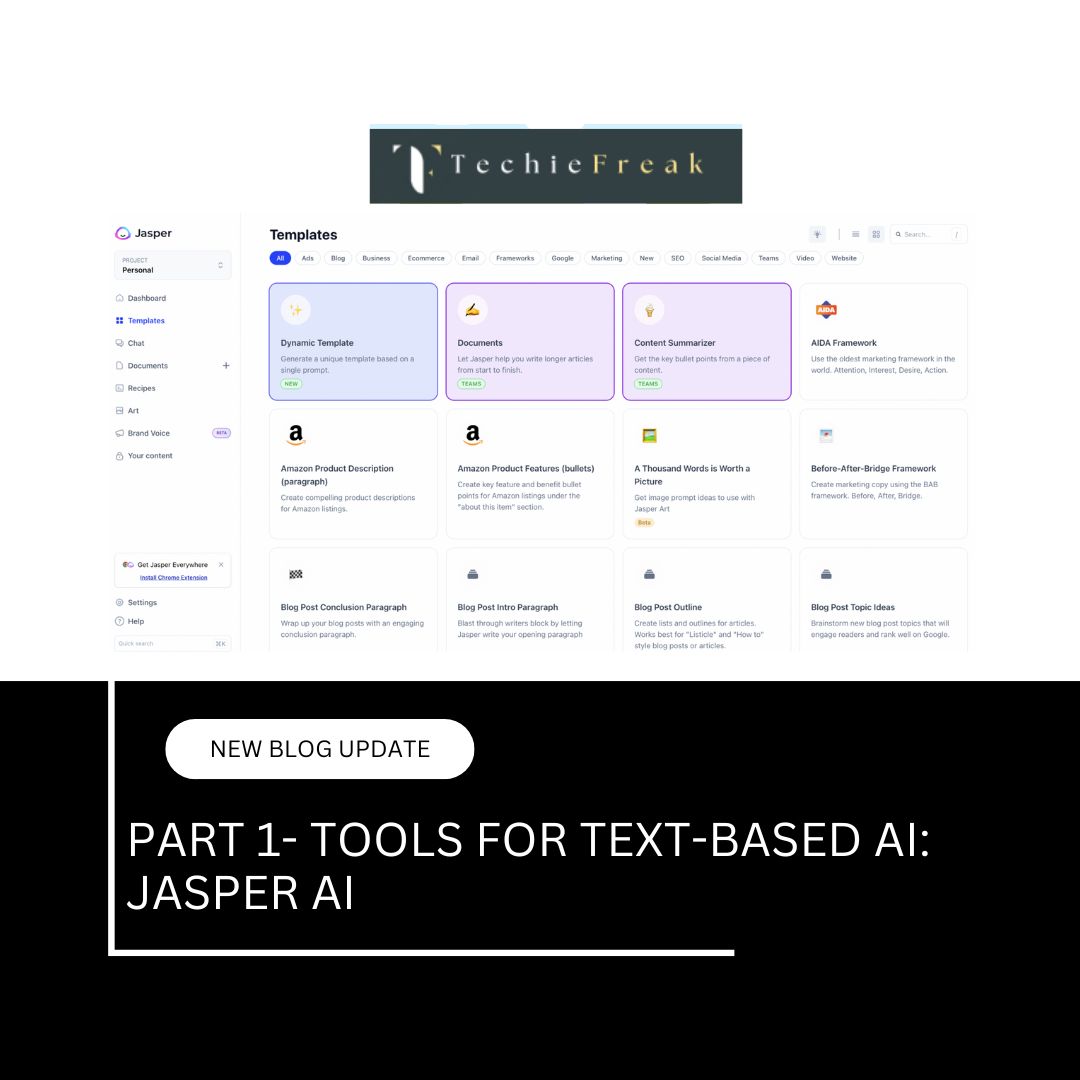



.jpg)
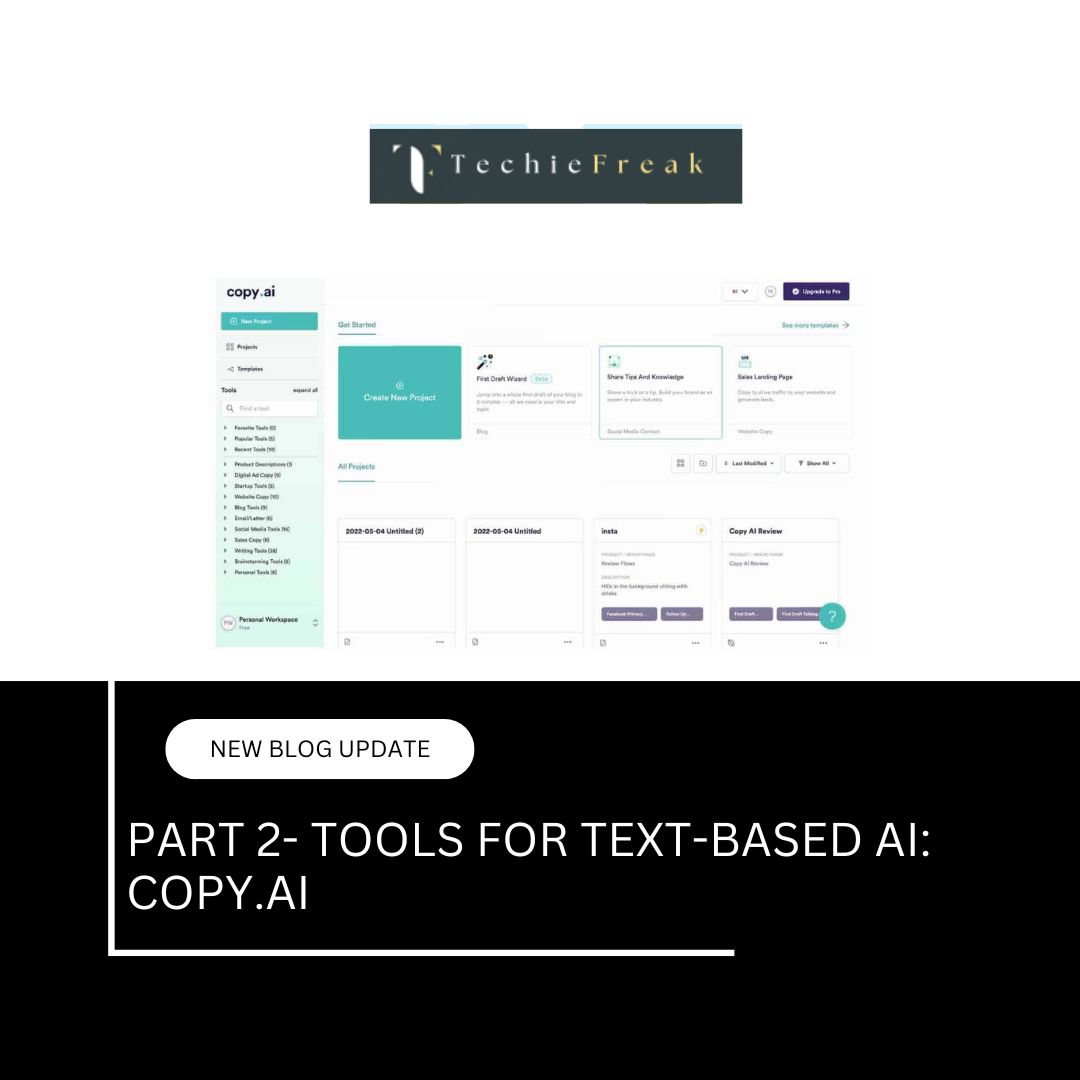
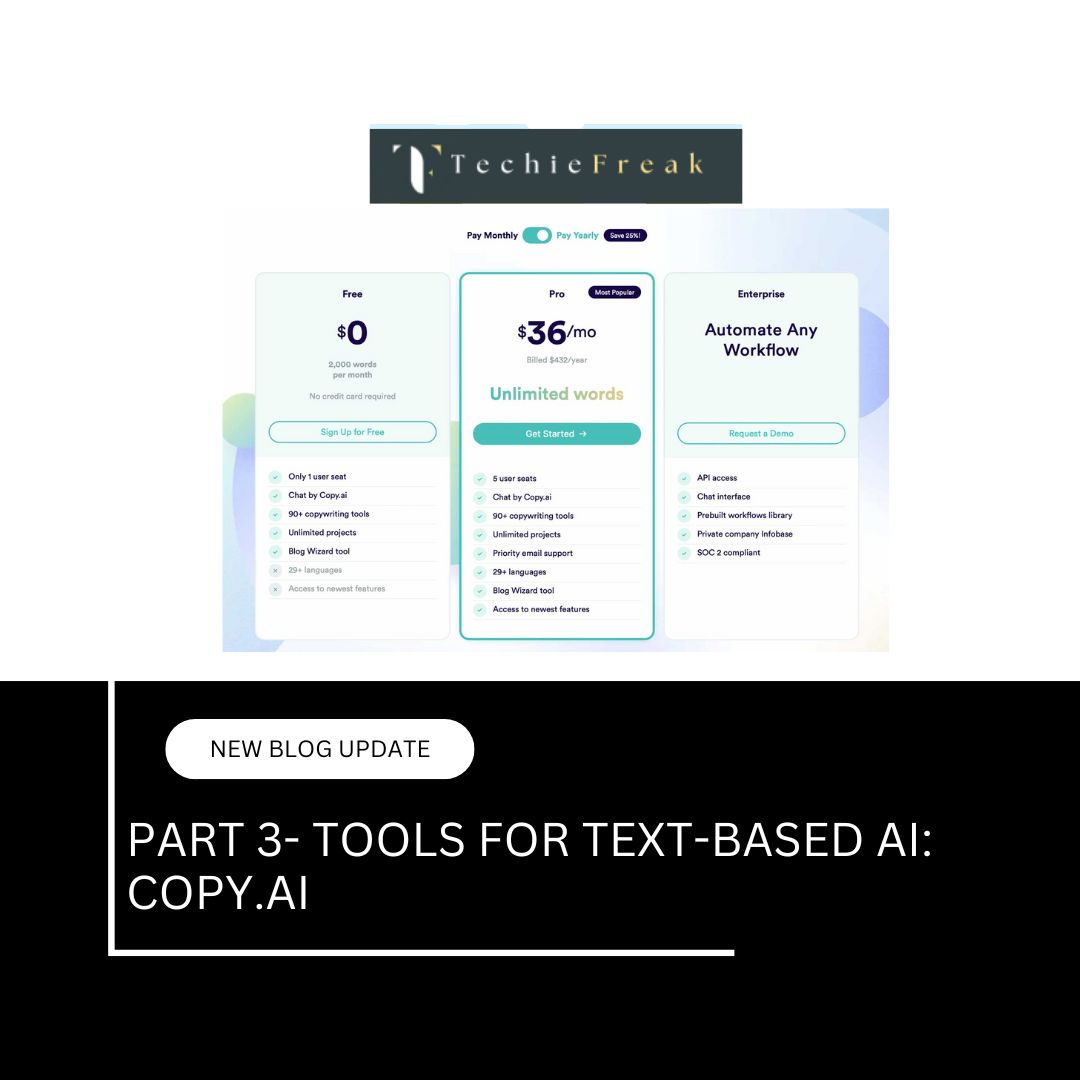











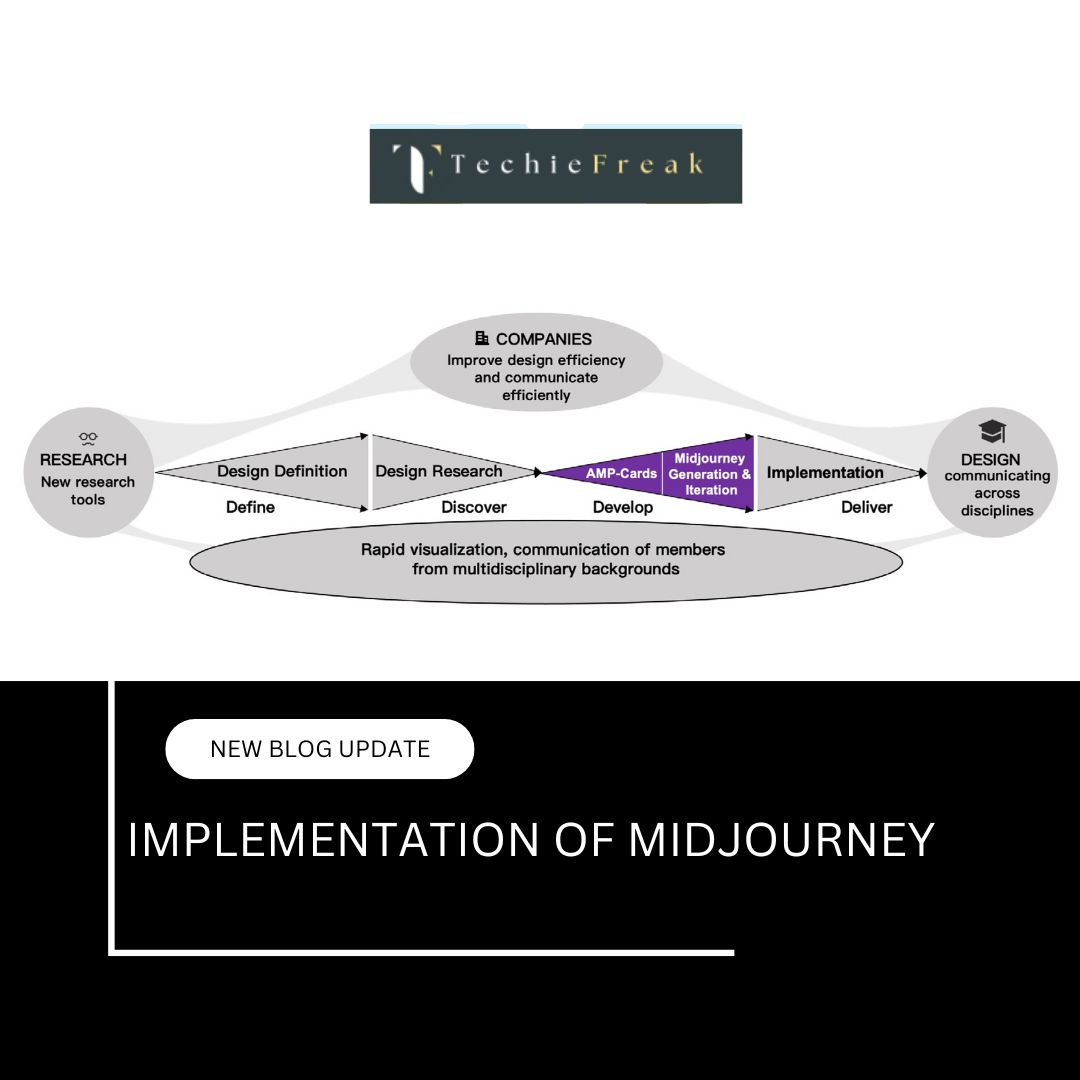
.jpg)


.png)
.png)
.png)
.png)
.png)
.png)
.png)
.png)
.png)
.png)
.png)
.png)
.png)
.png)
.png)
.png)
.png)
.png)
.png)
.png)
.png)
.png)
.png)
.png)
.png)
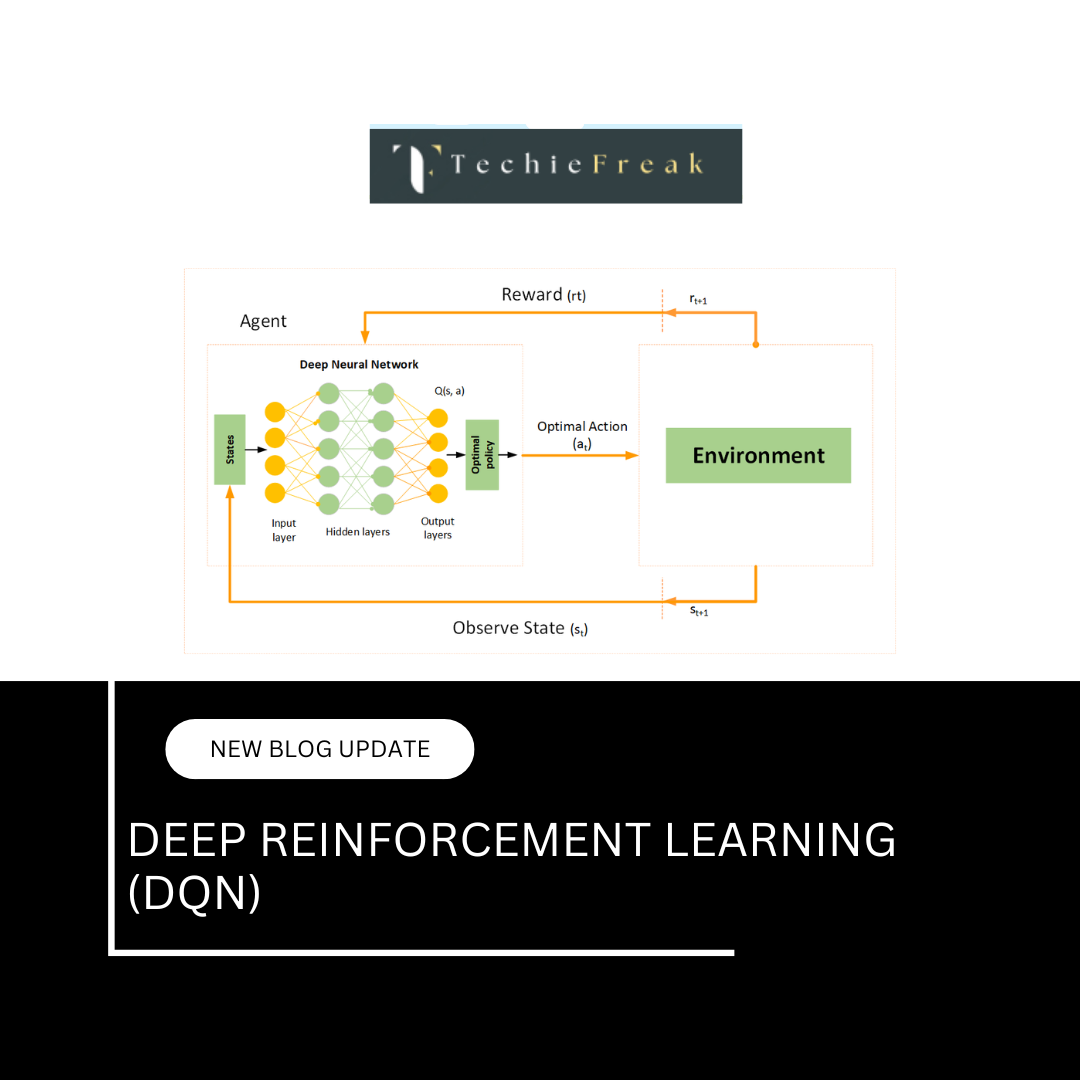
.png)
.png)
.png)
.png)
.png)
.png)

.png)



